Legendary basketball coach for the Chicago Bulls, Phil Jackson, once said, “The strength of the team is each individual member. The strength of each member is the team.” At CliMA, our team is made up of individuals from diverse academic backgrounds who have come together to work on one of the defining global problems of our time. The complexity of predicting climate change and ascertaining the associated uncertainties demands expertise from diverse, traditionally disparate, academic and professional backgrounds. At CliMA, we have assembled an A-list team that is taking on the challenge to provide the accurate and actionable climate predictions we need to plan our common future.

Caltech Postdoctoral Scholar Oliver Dunbar is an applied mathematician whose research interests lie in the application of deterministic and statistical modeling to various scientific disciplines. “As an applied mathematician, I learn a theoretical approach and then tailor it to the application. Mathematicians have the ability to start with something we don’t understand, break it down into parts we do understand and can work with, and then use this to show us a path to build our way back up. We do this for uncertainty in climate predictions; we apply abstract tools and ideas to progressively more involved problems, and this guides us to how we can eventually tackle a complex earth system model,” says Dunbar.
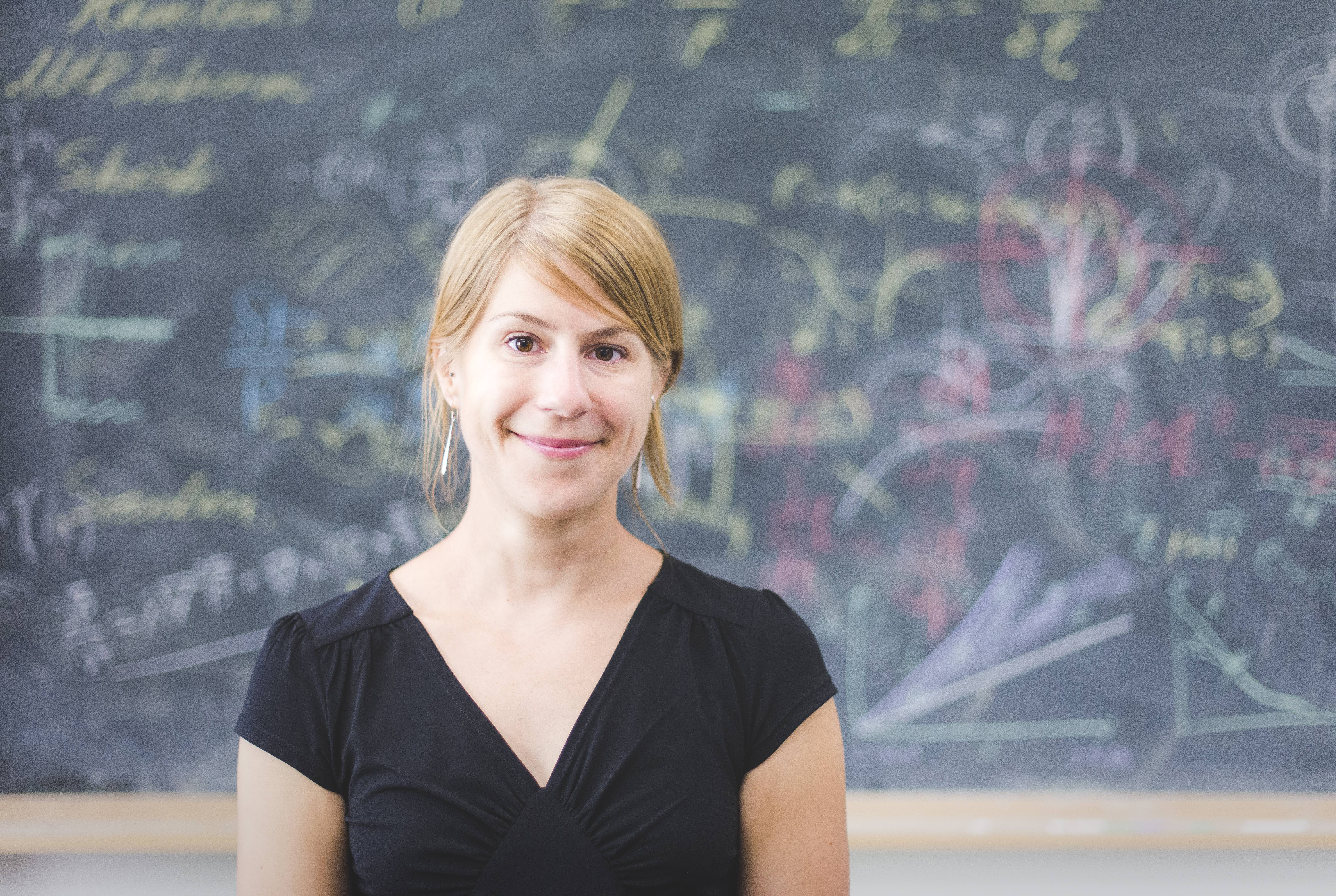
Caltech Senior Research Scientist Katherine Deck is a physicist whose Ph.D. and postdoctoral research was centered on the orbital dynamics of planetary systems. She has studied the long-term stability of orbits using analytical and numerical tools, and worked on the problem of inferring planetary masses and orbits from observed transits of planets. After several years as a data scientist in the private sector, she now leads the development of a new soil hydrology model at CliMA. “In general, what I enjoy most is learning and being challenged, whether by working in a new field or by learning new methods, and working with a group to solve quantitative problems. My work at CliMA checks all those boxes. I appreciate how my experiences, in different fields (physics, technology, and healthcare) and in using a variety of mathematical and statistical methods, allow me to feel comfortable when faced with a lot of new topics to learn. I hope to eventually contribute to the project in a number of ways, from implementing parameter learning algorithms to the more physics-based areas I am working in now,” says Deck.

Caltech Research Scientist Anna Jaruga studies the interactions between aerosols (tiny particles suspended in the atmosphere) and clouds and is especially interested in how to represent those processes in models of the atmosphere. Her work is focused on the parameterizations of clouds and convection in global climate models. “I’m passionate about open source software development for science, so I appreciate that we are collaborating with many people enthusiastic about modern software development and high-performance computing. My PhD taught me a lot about numerical model development: how important it is to fully understand the physics of the problem before even starting to code, to test both the code and the physics, and to solve numerical challenges that arise along the way. Now, my Ph.D. almost feels like a test before joining the CliMA development team,” says Jaruga.
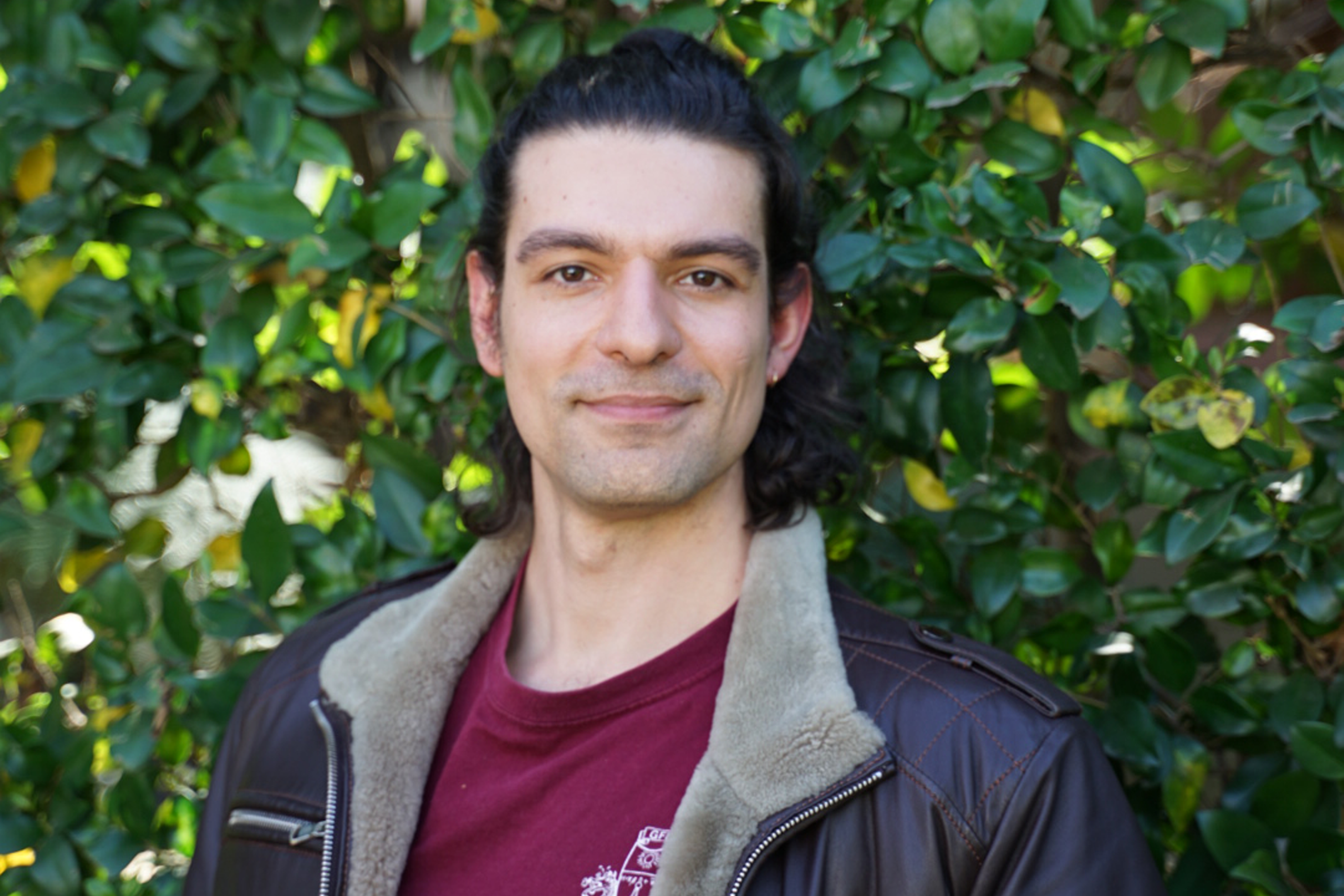
MIT Research Scientist Andre Souza’s background is in applied math and physics with a focus on fluid mechanics and high-performance computing. “Having an interdisciplinary background allows me to bring new perspectives to long-standing problems and to tackle it from various angles. My prior Ph.D. training at University of Michigan has helped me to be able to identify and implement well-posed mathematical solutions toward quantifying uncertainties in small-scale ocean dynamics, which poses a significant challenge in climate models,” says Souza.
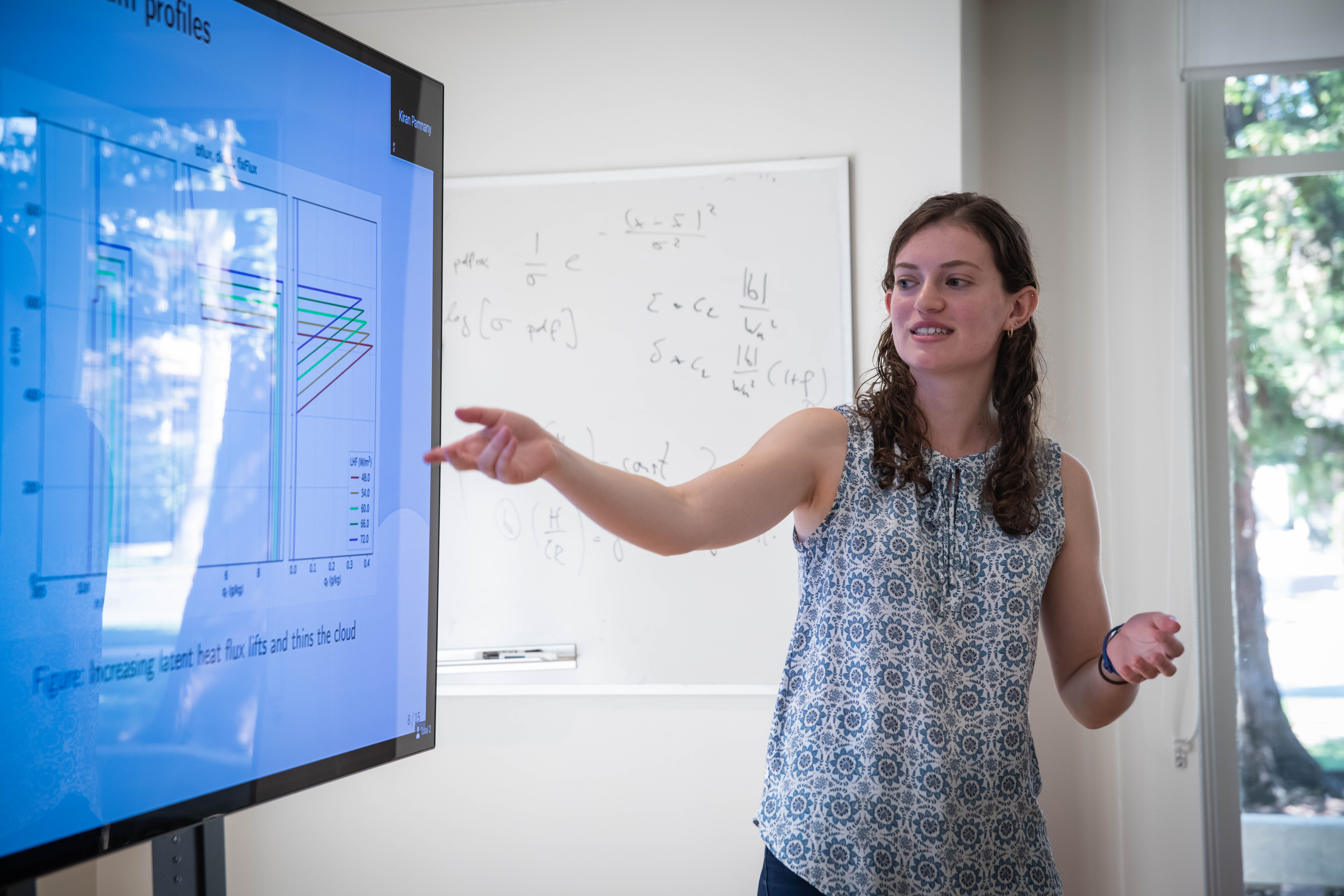
Caltech Graduate Student Clare Singer is an atmospheric physicist who studied monsoon convection through in-situ water vapor isotope measurements during her undergrad at the University of Chicago. She participated in the StratoClim field campaign in Nepal during the summer of 2017 and wrote her bachelor’s thesis on a comparison between multiple in-situ measurements from these flights. Singer says, “Atmospheric science is often divided between people who make measurements and people who run models. Since coming to Caltech, I have transitioned to modeling and theory work, but my background making in-situ atmospheric measurements helps frame the work I do now. I appreciate the flexibility of models while also recognizing their limitations and where measurements are necessary to further our understanding.”
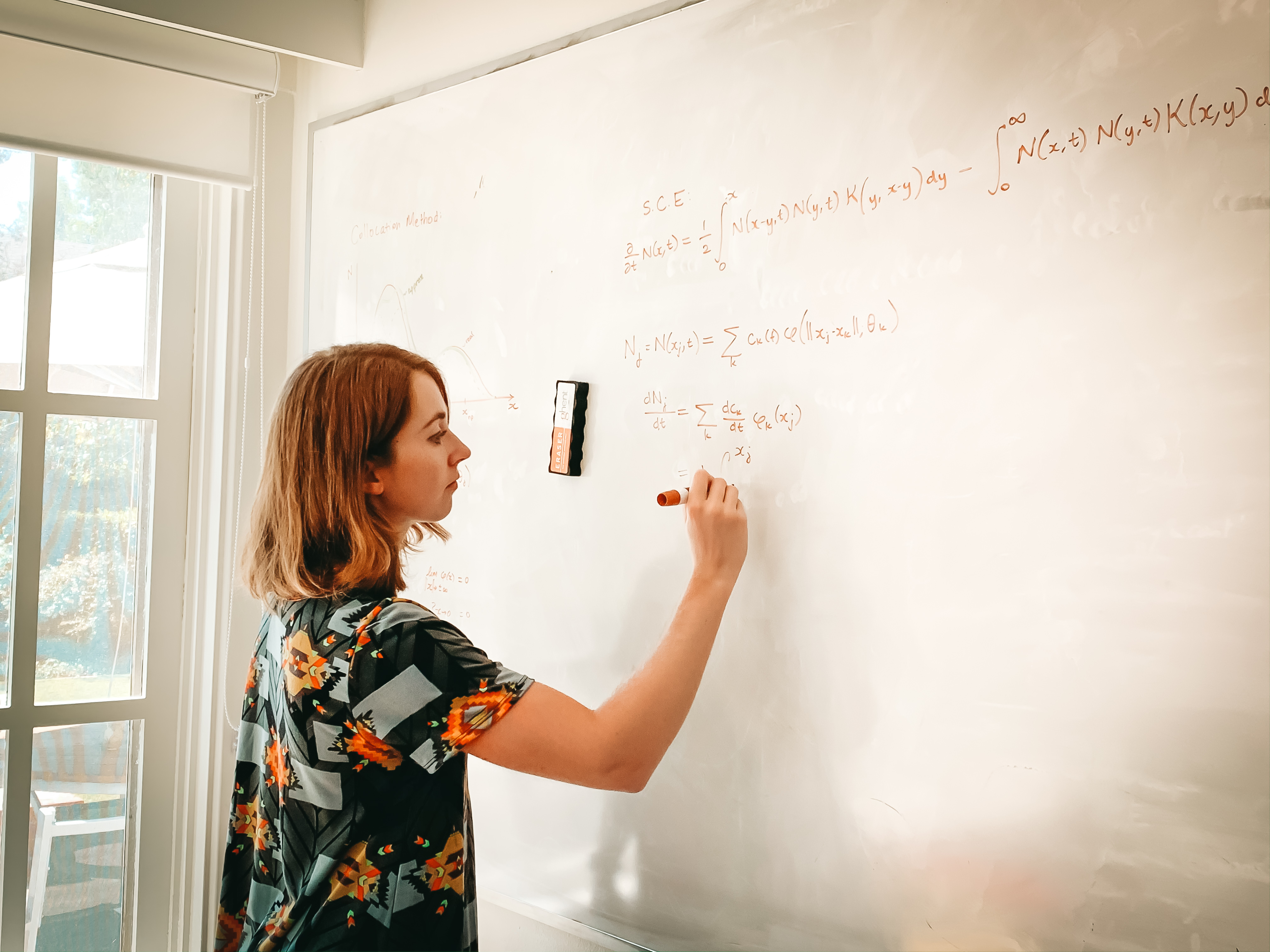
Caltech Graduate Student Emily de Jong studied molecular dynamics simulations of liquid metals for fusion energy applications and developed a pore-scale model for how colloids move through soil to reach groundwater during her undergrad at Princeton University. She is currently working on research in fluid dynamics and atmospheric processes at Caltech. “Aerosol-cloud interactions are one of the biggest uncertainties in climate modeling; I’m hoping to help reduce and quantify that uncertainty and make better use of the experimental and observational data available to us,” says de Jong.
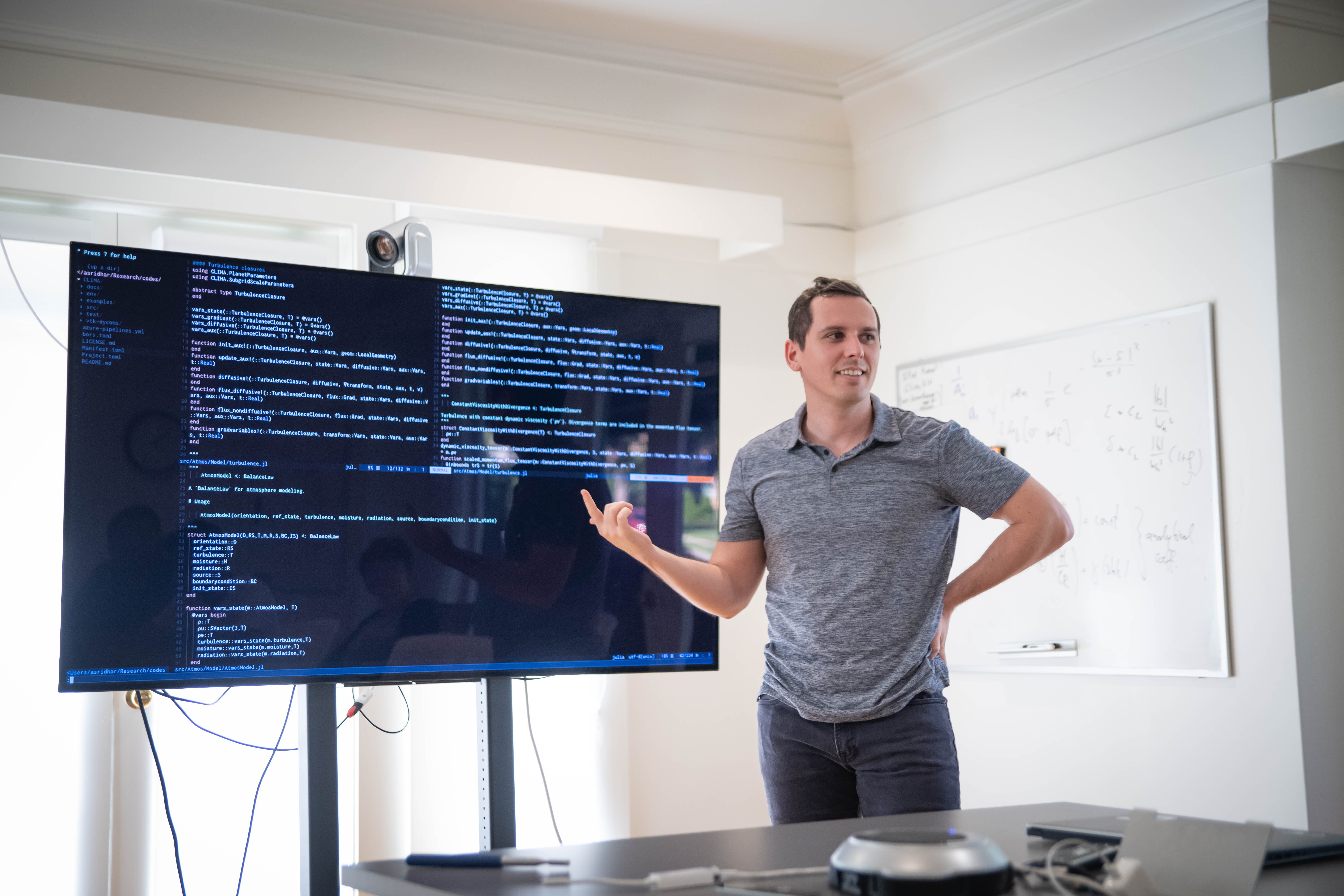
Caltech Software Engineer Charles Kawczynski’s interests are in the simulation of physical phenomena using mathematics, physics, computer science, and engineering. “Working at CliMA is an incredible experience mostly because of the people. There are a lot of very smart people here and the work culture is friendly and fun. I think I’m able to leverage my software development experience and educational background in physics and engineering to help design robust interfaces for physical models in CliMA,” says Kawczynski.

Thomas Gibson is a postdoctoral research associate at the Naval Postgraduate School. He developed numerical methods and spatial discretization strategies for atmospheric dynamical cores while completing his Ph.D. at Imperial College London. Gibson says, “A critical part of numerical model development is in the design of robust linear and nonlinear solver algorithms. For CliMA, this requires sophisticated numerics to not only capture realistic physics, but also under strict time-constraints. As a result, much of my recent focus has been on the development of time-stepping and nonlinear/linear solver algorithms for the CliMA atmosphere dynamical core.”
At CliMA, we understand that the problem of climate change demands an all-hands-on-deck approach and a comprehensive interdisciplinary effort to provide the accurate and actionable climate predictions needed to mitigate avoidable consequences of our changing climate and to prepare for those that are not.


